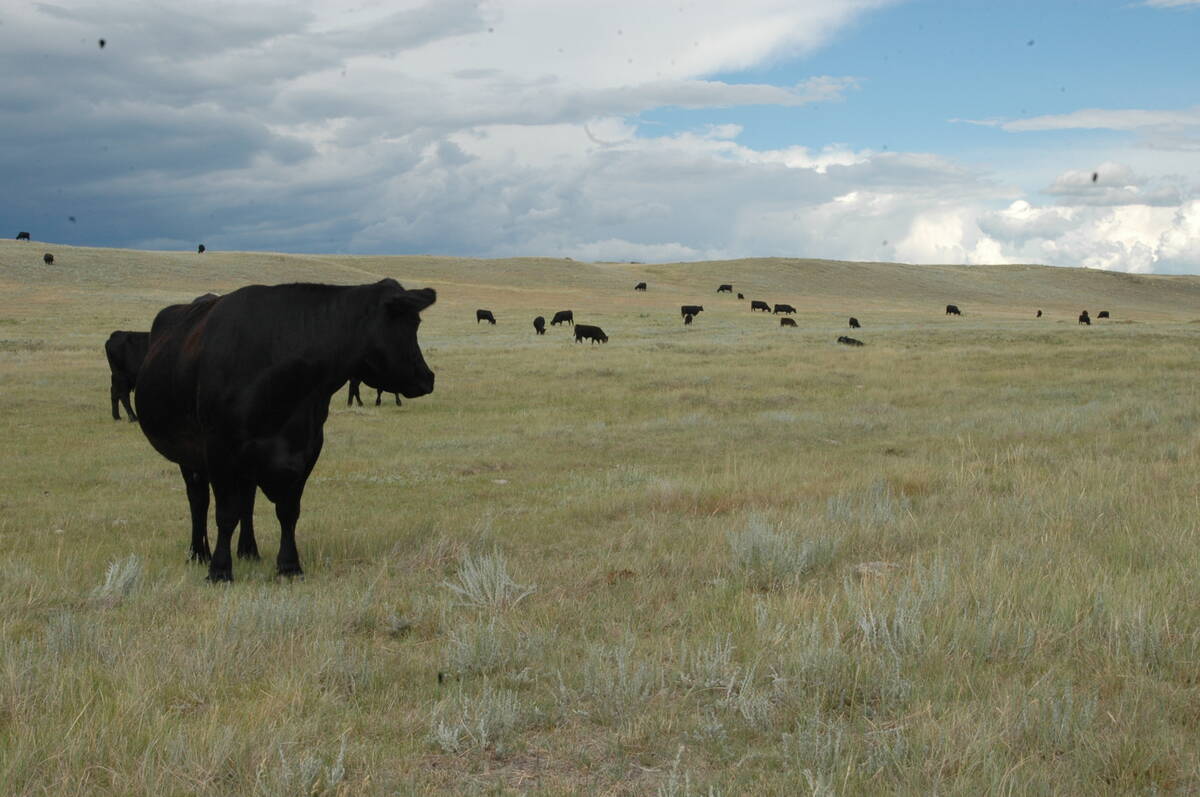All 10 provinces have agreed to be part of the new national chicken production allocation agreement when it takes effect June 7.
Late last week, British Columbia and Ontario said they’d sign the deal, worked out in January after almost a year of fractious negotiations.
The new national agreement will be signed March 25 in Ottawa at the Chicken Farmers’ of Canada annual meeting. It will be the first time since 1990 that all provinces and their chicken industries have signed a national plan.
CFC chair John Kolk, of Picture Butte, Alta., said the new deal will be good for the industry, from farmer to consumer.
Read Also

Saskatchewan Cattle Association struggles with lower marketings
This year’s change in the provincial checkoff has allowed the Saskatchewan Cattle Association to breathe a little easier when it comes to finances.
“To lead this industry into the next century, we needed a strong set of ground rules to work from,” he said in a statement from CFC Ottawa offices. “This agreement is just that.”
The new rules continue to allow processors to direct growth of the industry by indicating how much chicken they need to meet demand.
But to control overproduction, a national cap will be set on growth and a similar cap in the three regions – west, central and Atlantic. With wide industry approval, those caps can be altered if market conditions change.
Within the regional limit, provinces with higher market demand can increase their production up to eight percent per year. And in high-growth areas, there can be an extra 1.5 percent allowable growth during each two-month allocation period.
It is expected the extra production room will be of most benefit to the prairie provinces, which have complained the old rules, based on historic market share, did not give them enough flexibility to grow.
Second try
The new deal is the second attempt to figure out a way to manage the industry that does not involve rigid central planning.
Once the more centralized system of setting production quotas was dismantled in the mid-1990s as part of the evolution of supply management, the industry moved to a more processor-driven, provincially based system.
However, as processors overestimated demand and built up inventories, producer prices fell and many chicken farmers complained the system was not working for them.
The Prairies chafed under what they saw as too much influence by Ontario and Quebec.
The new rules are aimed at giving the Prairies a greater share of national production while reimposing more discipline over production.
They also contain an escape clause allowing provinces to leave the national system with one year’s notice if the new rules do not work for them.














